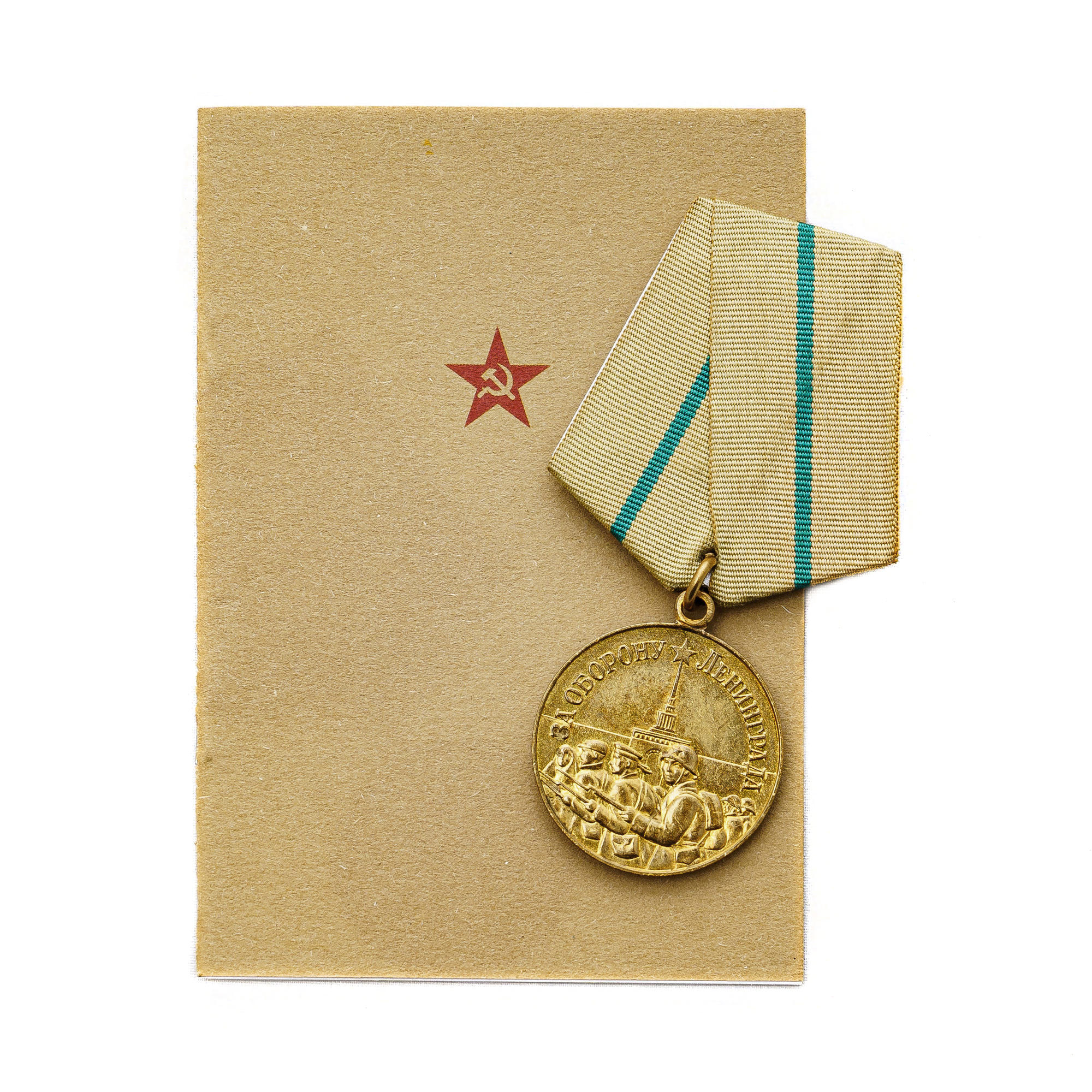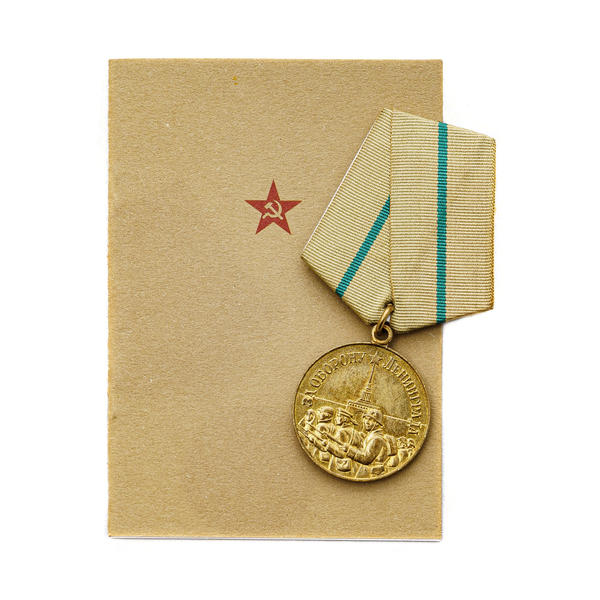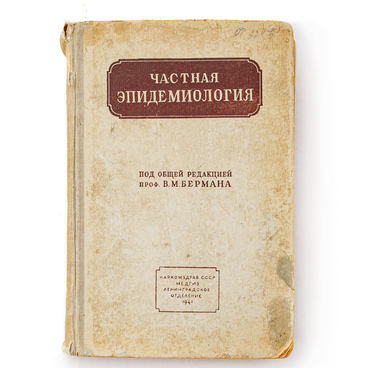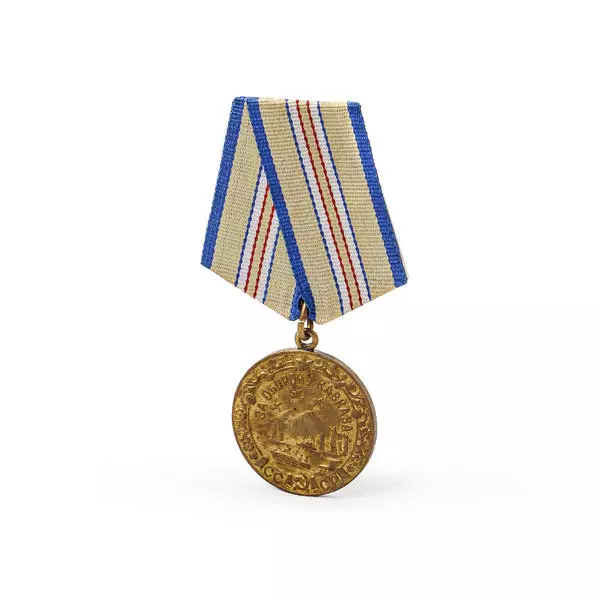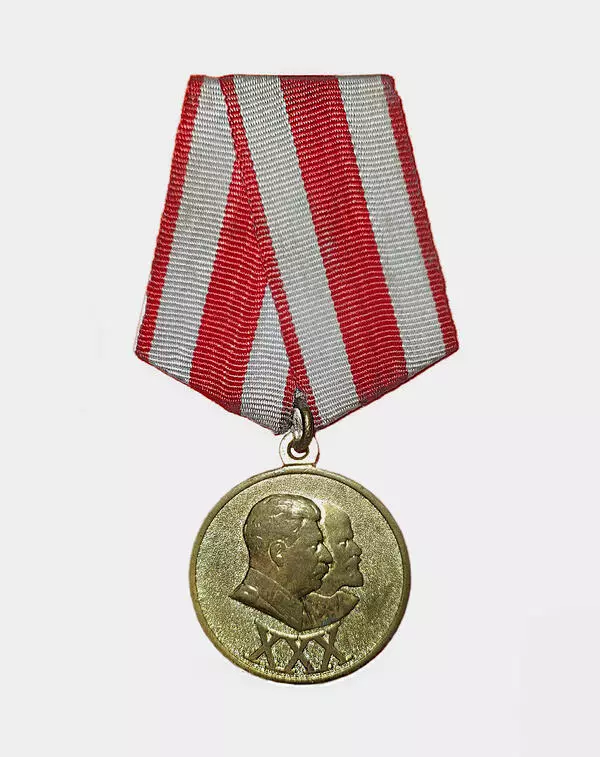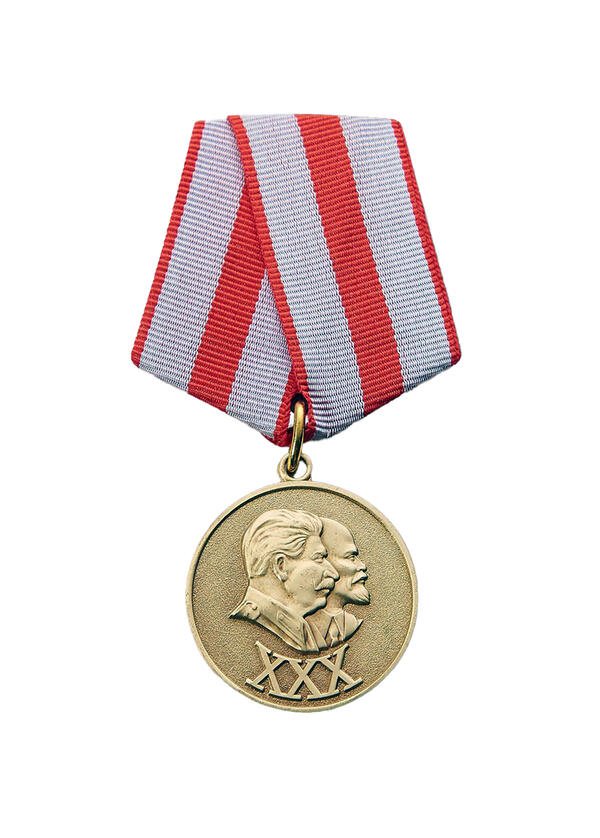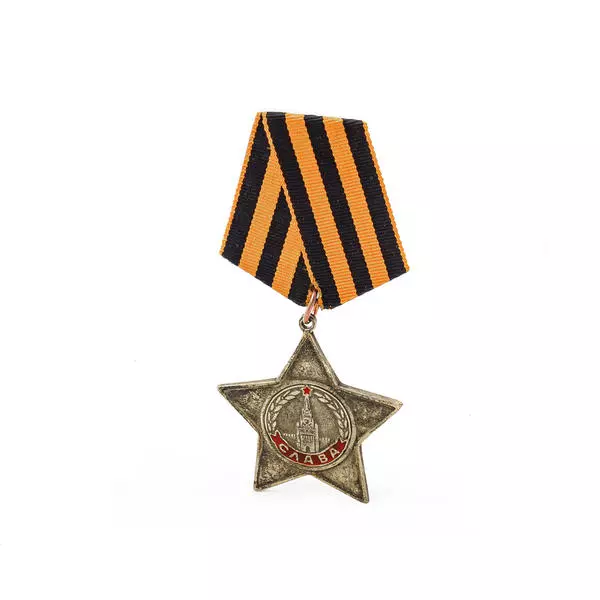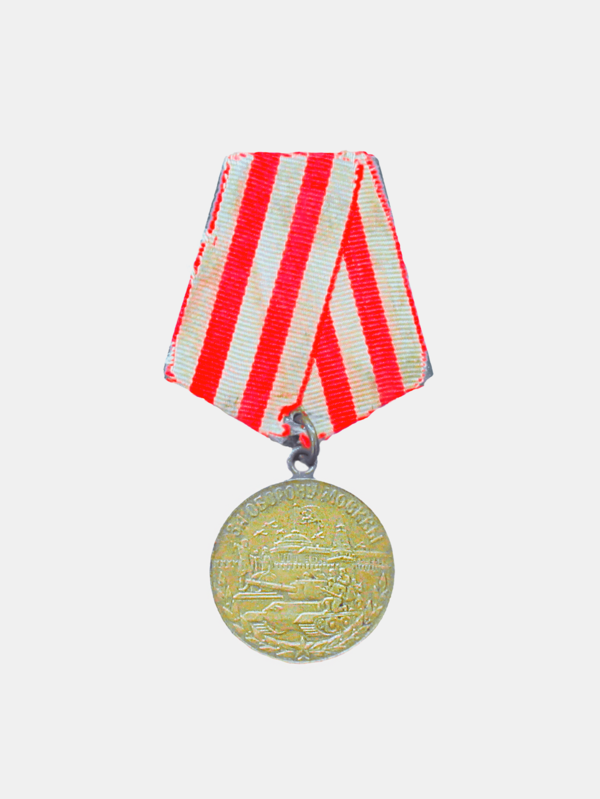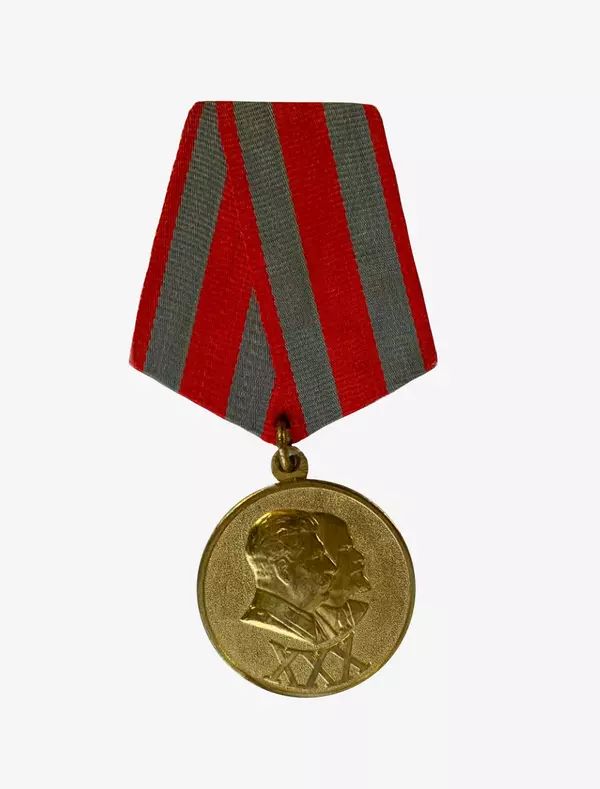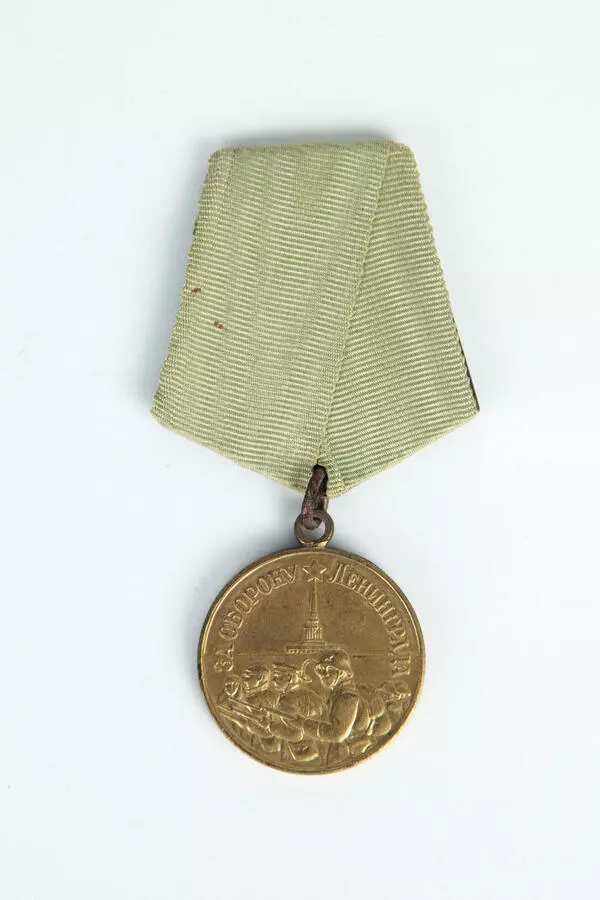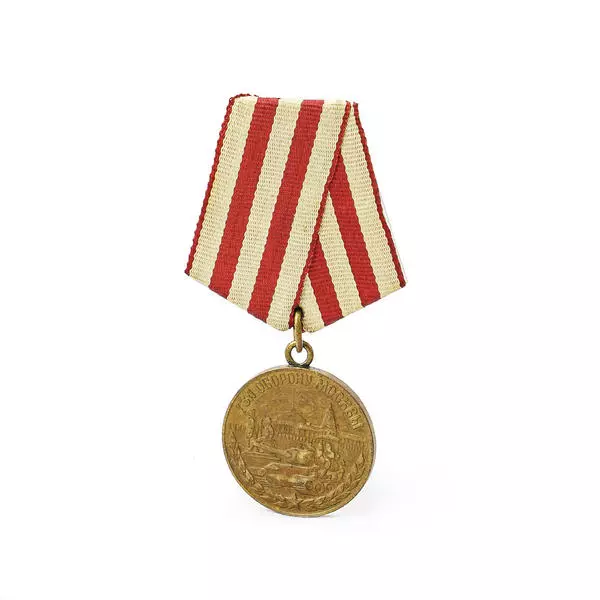Leningrad was a city second in importance after Moscow. A large number of industrial enterprises were working there, including those of strategic importance. ¾ of all products manufactured by Leningrad’s plants and factories were meant for the country’s defence potential. Besides, the city was famous for its design bureaus, research institutes, higher and secondary educational institutions, museums and architectural monuments.
The occupation of Leningrad would have enabled the German invaders to accomplish several difficult missions at a time. They wanted to undermine the Soviet state economically through capturing the city’s industrial centre. Equally important was seizure or destruction of the Baltic military fleet and the largest merchant fleet and establishing control over the Baltics. That would have provided safe and uninterrupted supply of iron ore for German industry from Norwegian ports.
To storm Leningrad from south-west the Wehrmacht command sent the Army Group North led by Field-Marshal-General Wilhelm von Leeb. From the north-west and north, from the direction of the Kola Peninsula formations of the Finnish army led by Marshal Carl Mannerheim began moving towards the northern capital in parallel with the fascist troops.
All summer fighting continued at the approaches to the northern capital. But on September 8, 1941 German invaders managed to cut off the city’s land communications. A blockade of Leningrad began and lasted 872 agonizing and excruciating days. It is one of the most tragic chapters in the human military history.
But still communication with Leningrad was made on the Ladoga Lake though it was cut off from land. But once the navigation stopped the situation in the city became critical. At the end of November food was rationed at a minimum: 125 g of bread to children, public servants and dependents, 250 g to workers, 500 g to soldiers on the front-line. People began to die on a massive scale from hunger, cold, diseases and nervous strain.
In winter the situation somewhat improved. Food was now supplied to the city on the ice of the Ladoga Lake. In parallel with providing Leningrad with food-stuffs the return path was used to evacuate the population and strategic facilities. More than 30 production enterprises of the heavy and light industry, including aviation and machine-building plants, as well as factories manufacturing electrical products, telephone equipment, were carried from Leningrad to the Bashkir Autonomous Soviet Socialist Republic (ASSR). Leningrad natives were also accommodated densely in Ufa and in the following districts of the republic: 1096 people in the Alsheevsky district; 915 in the Baikibashevo district; 800 in the Burayevo district; 278 in the Aurgazinsky district.
General headquarters undertook several attempts to break through the blockade of Leningrad. A significant date was January 18, 1944 when the troops of the Leningrad and Volkhov fronts broke through the ring as a result of a mass attack. 9 days later, on January 27, the blockade was lifted. Terrible days of Leningrad were now a thing of the past.
During these 872 days in Leningrad about 800 thousand people died from hunger, 17 thousand died as a result of military operations. Tremendous damage was inflicted on the city, many cultural heritage sites were demolished, some of them could not be restored.
On December 22, 1942 the Presidium of the Supreme Soviet instituted a medal For the Defence of Leningrad. The author of the draft was the artist Nikolai Ivanovich Moskalyov.
The medal was awarded to 1 million 470 thousand people.
The occupation of Leningrad would have enabled the German invaders to accomplish several difficult missions at a time. They wanted to undermine the Soviet state economically through capturing the city’s industrial centre. Equally important was seizure or destruction of the Baltic military fleet and the largest merchant fleet and establishing control over the Baltics. That would have provided safe and uninterrupted supply of iron ore for German industry from Norwegian ports.
To storm Leningrad from south-west the Wehrmacht command sent the Army Group North led by Field-Marshal-General Wilhelm von Leeb. From the north-west and north, from the direction of the Kola Peninsula formations of the Finnish army led by Marshal Carl Mannerheim began moving towards the northern capital in parallel with the fascist troops.
All summer fighting continued at the approaches to the northern capital. But on September 8, 1941 German invaders managed to cut off the city’s land communications. A blockade of Leningrad began and lasted 872 agonizing and excruciating days. It is one of the most tragic chapters in the human military history.
But still communication with Leningrad was made on the Ladoga Lake though it was cut off from land. But once the navigation stopped the situation in the city became critical. At the end of November food was rationed at a minimum: 125 g of bread to children, public servants and dependents, 250 g to workers, 500 g to soldiers on the front-line. People began to die on a massive scale from hunger, cold, diseases and nervous strain.
In winter the situation somewhat improved. Food was now supplied to the city on the ice of the Ladoga Lake. In parallel with providing Leningrad with food-stuffs the return path was used to evacuate the population and strategic facilities. More than 30 production enterprises of the heavy and light industry, including aviation and machine-building plants, as well as factories manufacturing electrical products, telephone equipment, were carried from Leningrad to the Bashkir Autonomous Soviet Socialist Republic (ASSR). Leningrad natives were also accommodated densely in Ufa and in the following districts of the republic: 1096 people in the Alsheevsky district; 915 in the Baikibashevo district; 800 in the Burayevo district; 278 in the Aurgazinsky district.
General headquarters undertook several attempts to break through the blockade of Leningrad. A significant date was January 18, 1944 when the troops of the Leningrad and Volkhov fronts broke through the ring as a result of a mass attack. 9 days later, on January 27, the blockade was lifted. Terrible days of Leningrad were now a thing of the past.
During these 872 days in Leningrad about 800 thousand people died from hunger, 17 thousand died as a result of military operations. Tremendous damage was inflicted on the city, many cultural heritage sites were demolished, some of them could not be restored.
On December 22, 1942 the Presidium of the Supreme Soviet instituted a medal For the Defence of Leningrad. The author of the draft was the artist Nikolai Ivanovich Moskalyov.
The medal was awarded to 1 million 470 thousand people.
